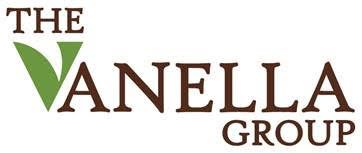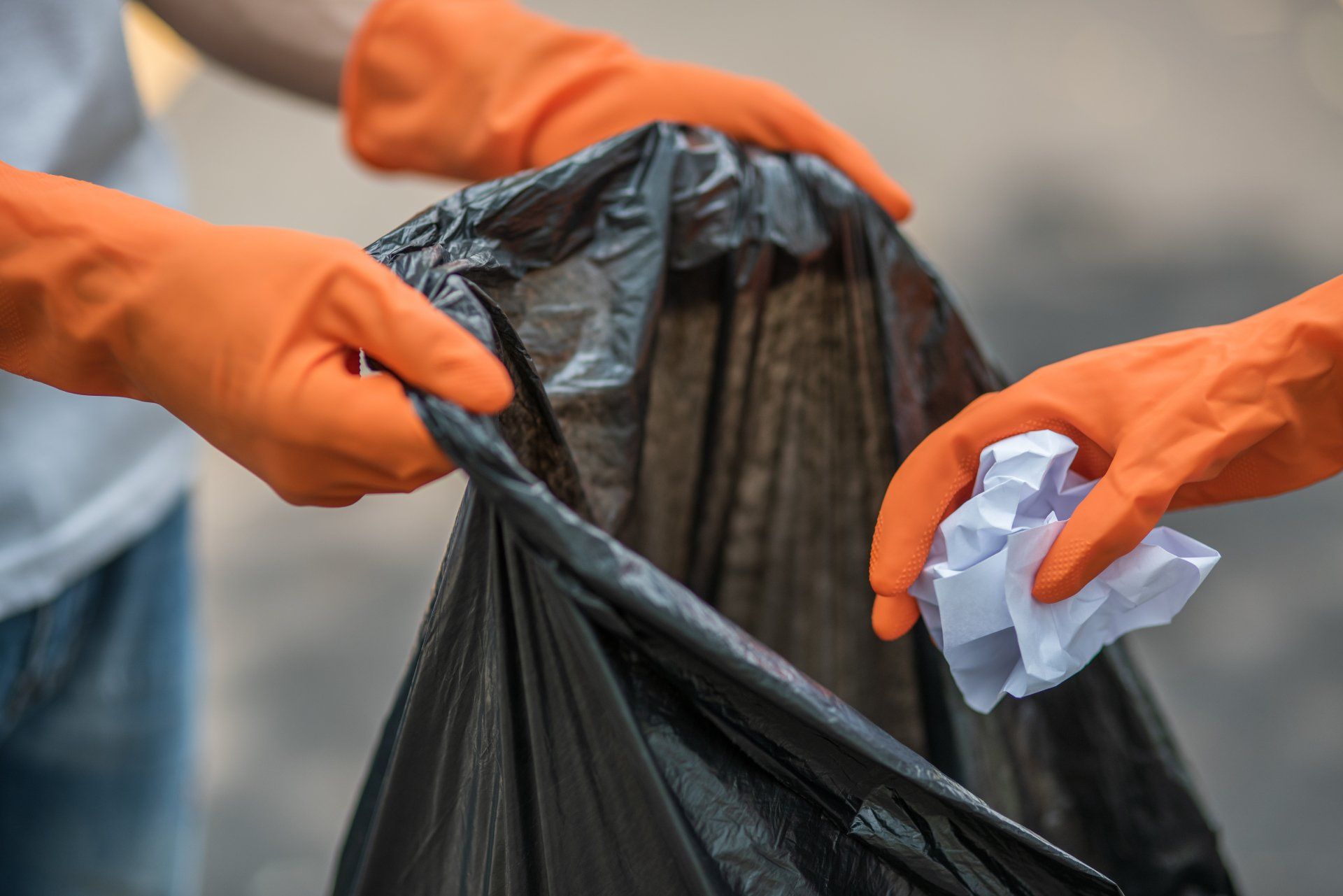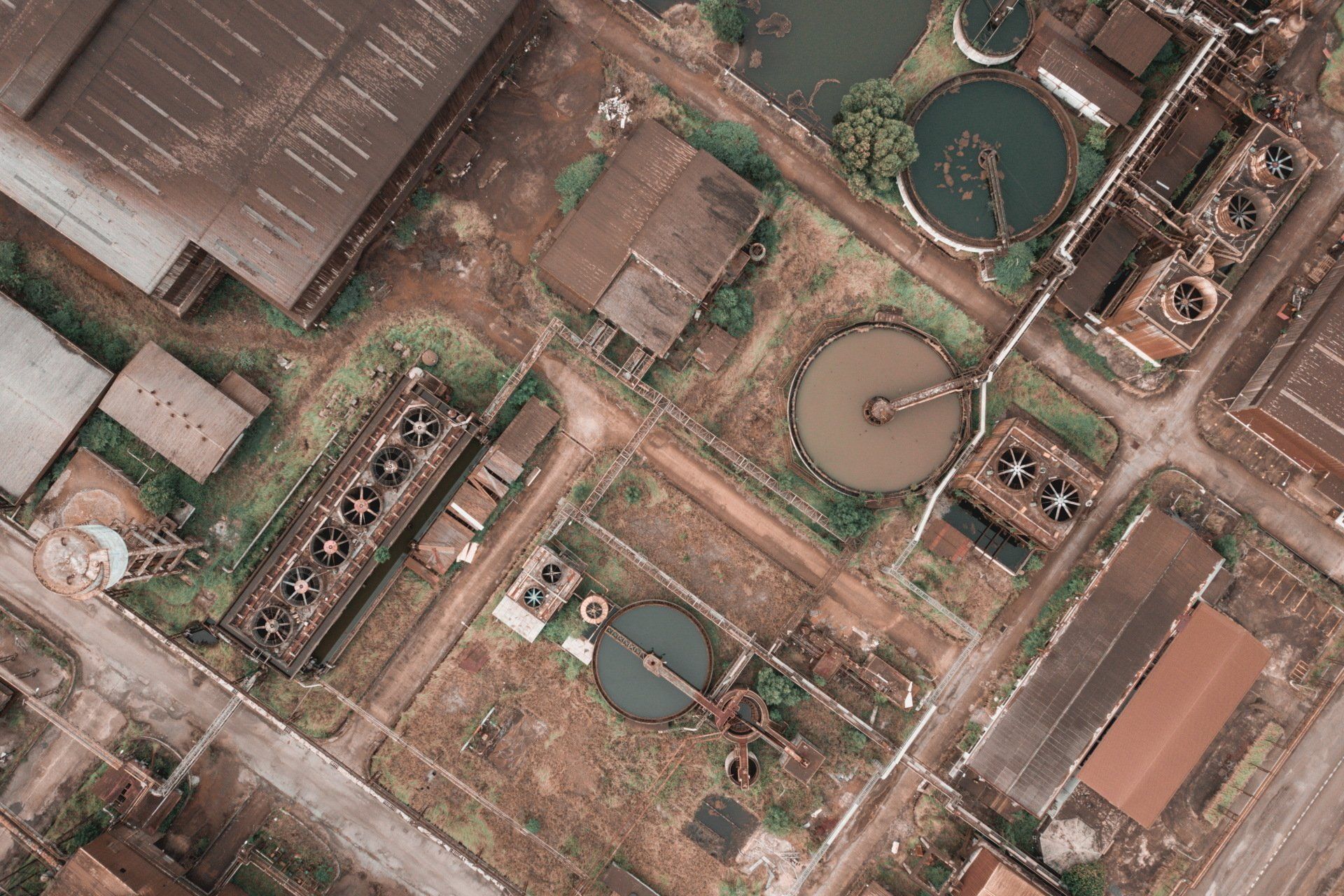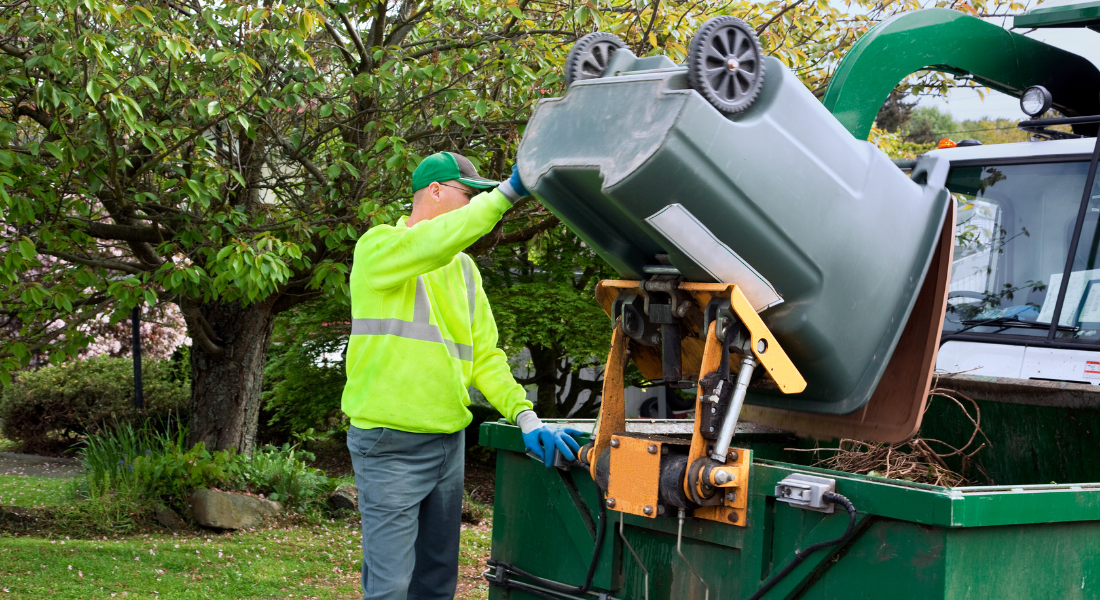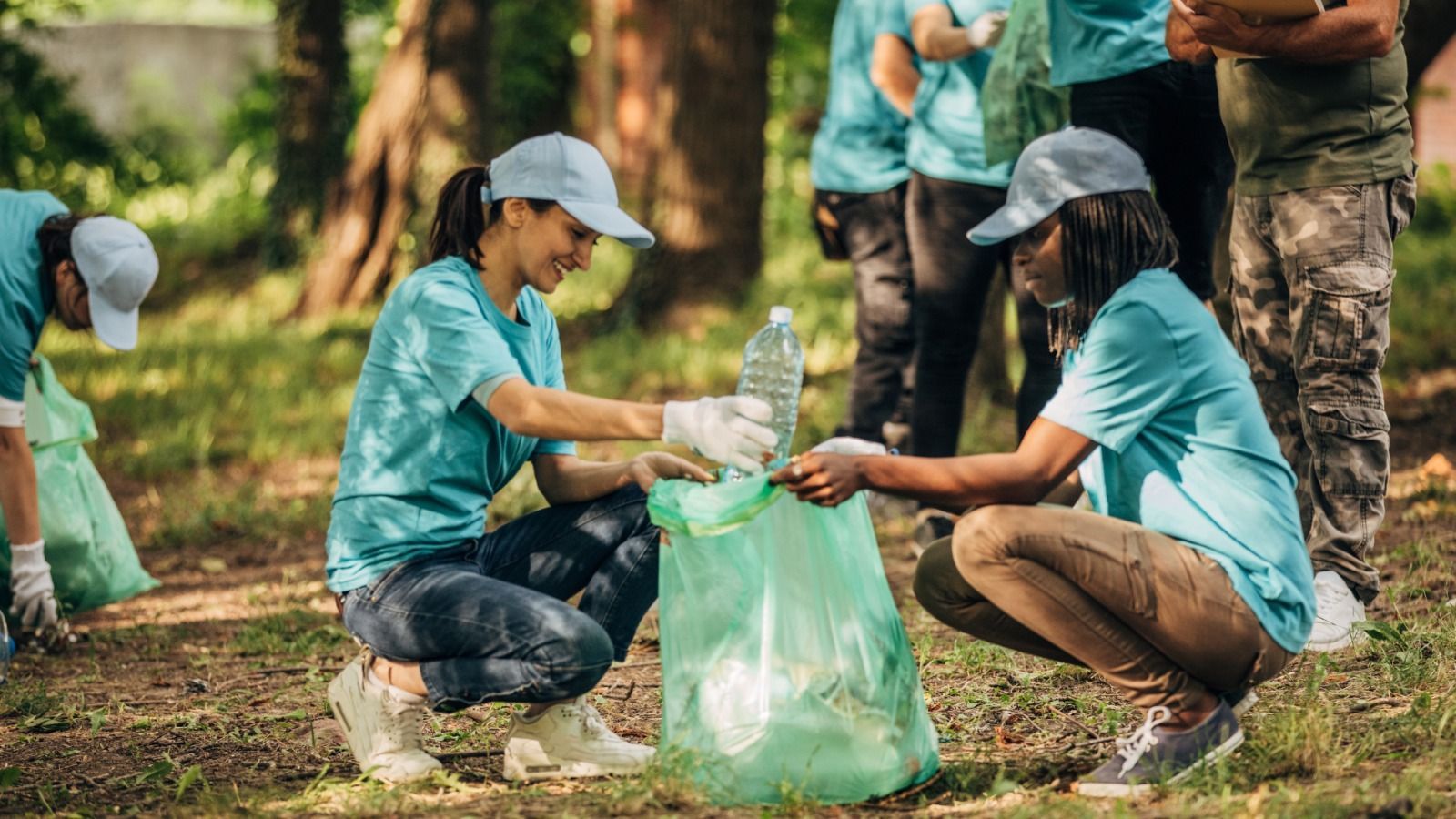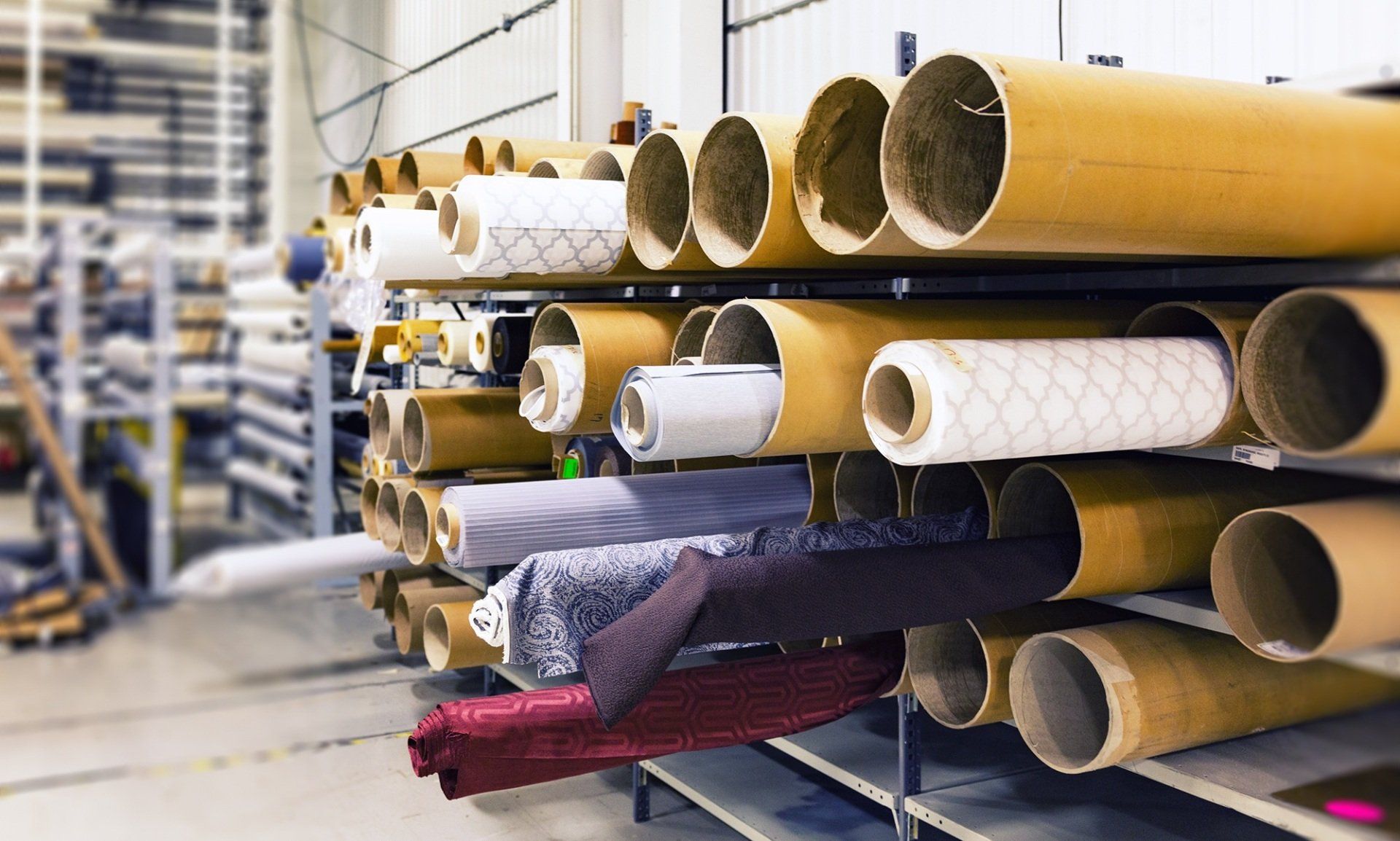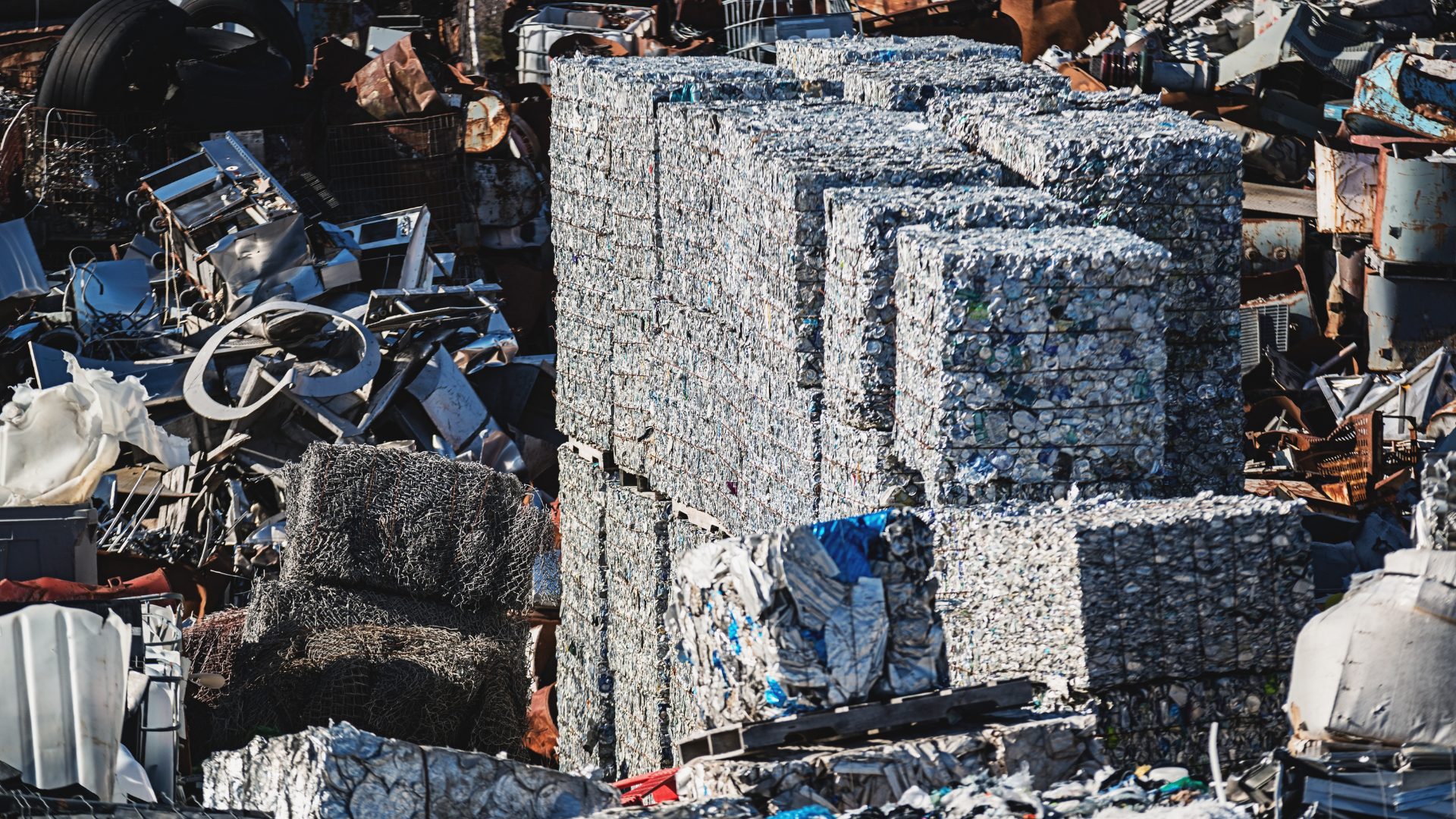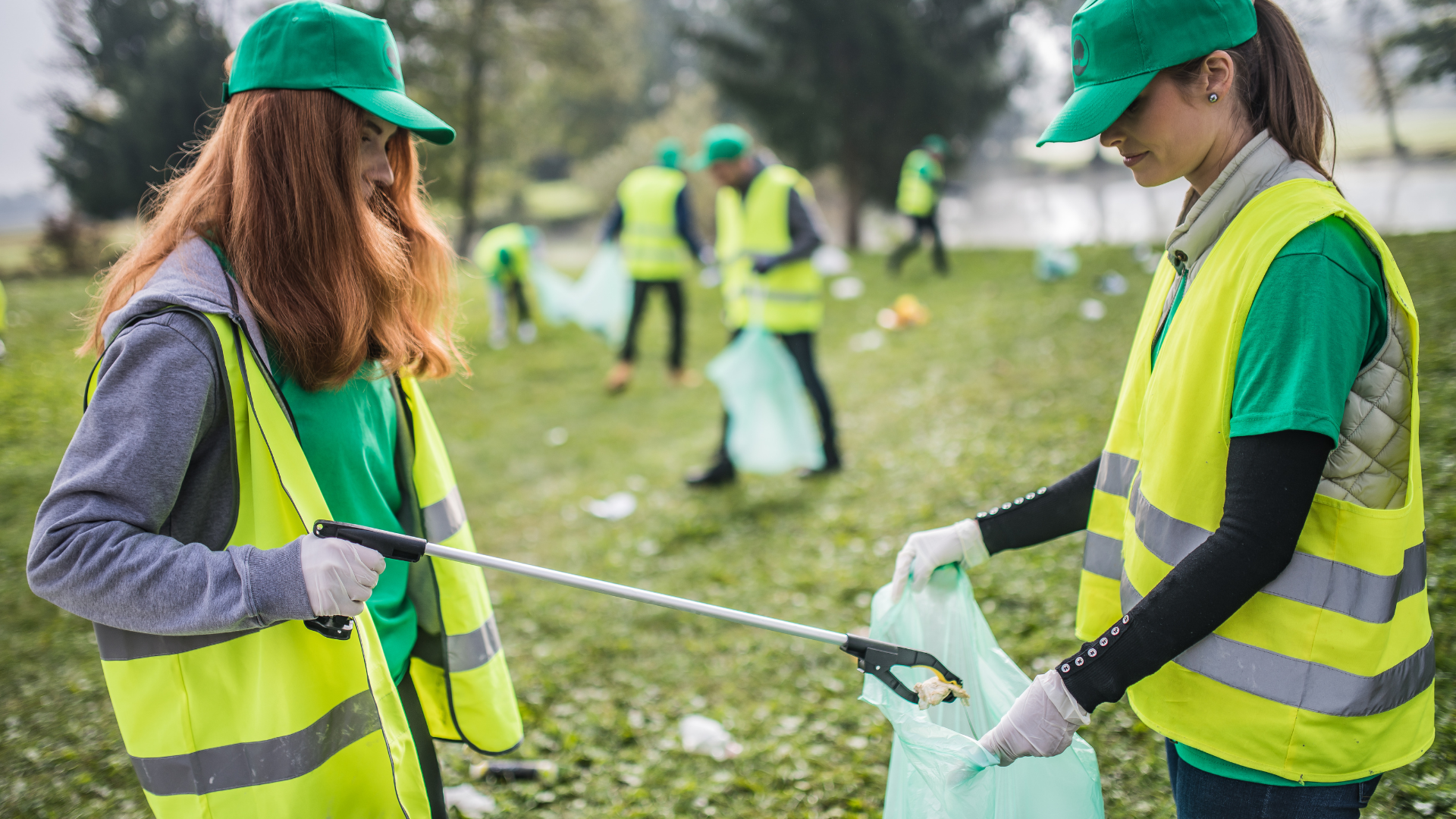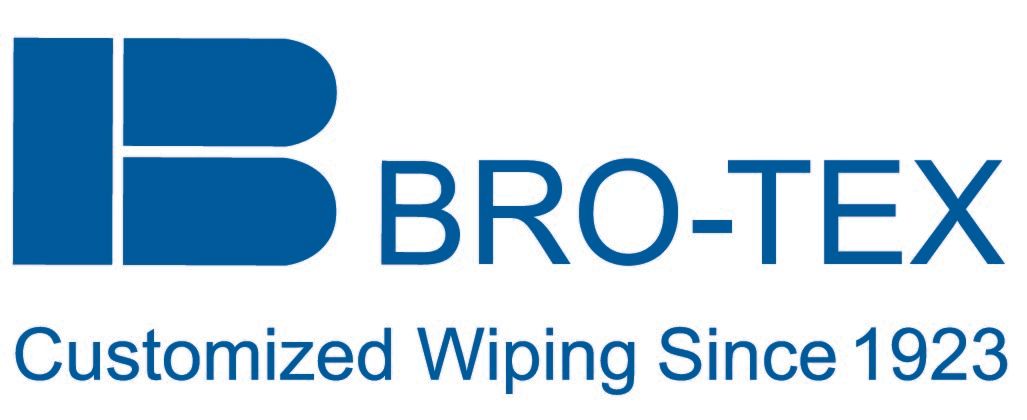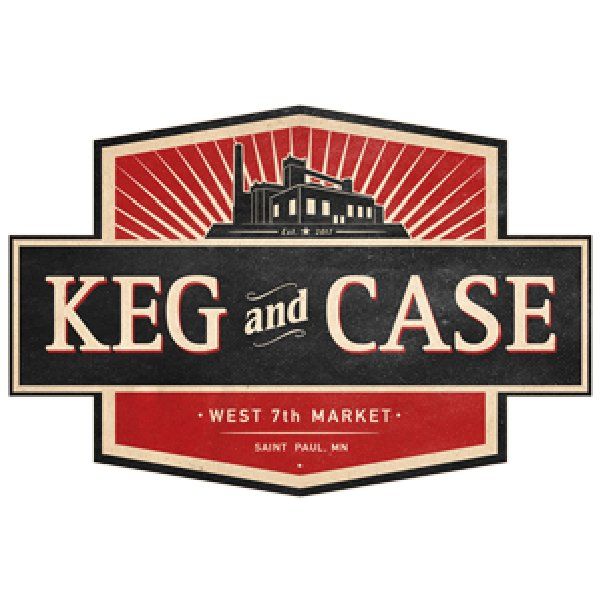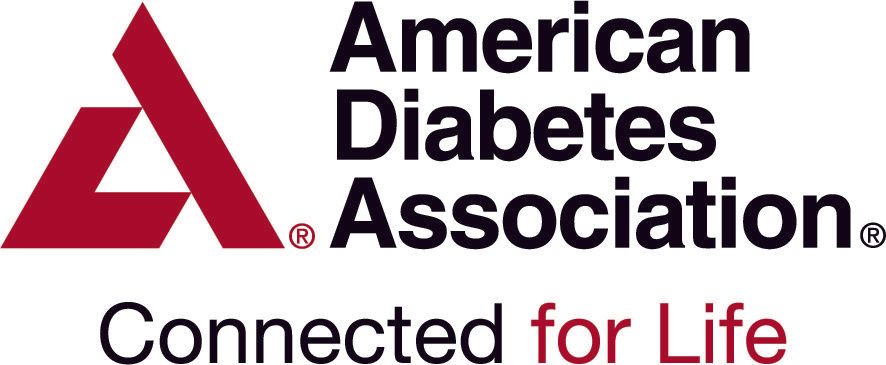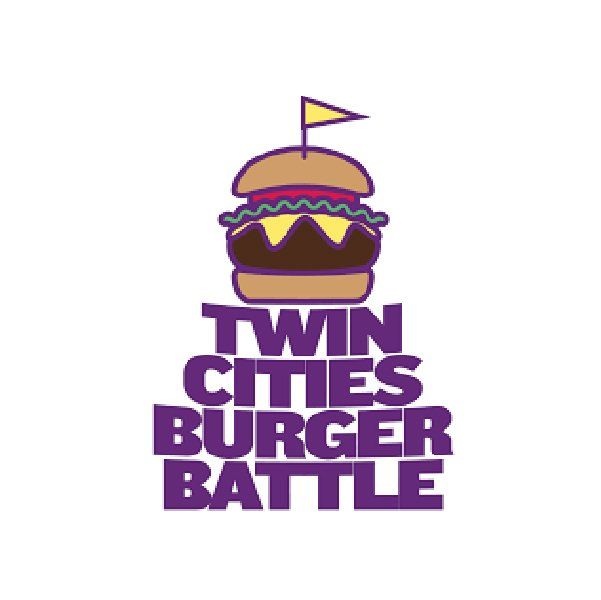How the COVID-19 pandemic has affected the waste collection industry
FIND OUT HOW YOU CAN SAVE OVER 30% ON YOUR WASTE COST
WHILE IMPROVING THE SERVICE LEVEL
We Will Provide A Free Waste Savings Audit.
Growth in volume without an increase in contamination: how?
The materials and products we use in our daily lives have evolved, per capita waste generation is down 8% since 2000, affecting recycling, landfilling, and waste-to-energy. We are also seeing less paper, more plastic, and no growth in metal.
Change is embedded within this industry for a while now. This is because the change from glass to aluminum, glass, and aluminum to plastic takes place. Not only that, but the trend is also now moving from source-separated collection towards the single-stream collection. Lastly, the current trend is going forth in the direction of domestic market expansion along with positive growth in exports.
Among all the recyclables collected, newspapers contributed 60% historically. Paper of all types covered 80% of the total material received for recycling. The fact that newspaper reading reduced by 50% in North America led to major recycling mills to shut down. Single stream material is rising increasing the volume of Curbside Mixed Paper. More mixed waste paper is received by China because of its low-cost manufacturing techniques.
Regardless of paper grades decreasing, volumes of plastic are still increasing. People are using more single-serving containers along with plastic packaging. Recyclers tend to process more bottles in order to create a ton which costs more. Within MRFs, inbound material is 45 to 60% paper along with 40 to 55% containers. Amidst the recycling mix, glass and residue are a majority.
Costs for recycling
A cost-Benefit Analysis is important to assess the additional costs that come with recycling. Some of these assertions against recycling include that it was increasing energy consumption and pollution, and also increasing the taxpayer burden. Nation’s two most influencing organizations for the environment, Natural Resources Defense Council along with Environmental Defense, formulated reports entailing the advantages of recycling.
Within the reports, it was highlighted that municipal recycling programs in fact help in the reduction of pollution and usage of virgin resources. They also decrease the amount of garbage and requirement for landfill space for less than the cost of regular garbage disposal and pickup.
Recycling can definitely be cost-effective since a curbside recycling program may cost $50-$150 for a ton while trash collection/disposal programs cost $70-200 a ton. Nonetheless, New York City's early municipal recycling pioneer in 2002 concluded that their recycling program was in fact losing money, so they decided to exclude glass and plastic within their recycling program. This is because they weren't cost-effective plus they had low demands so they ended up in landfills no matter what.
Consequently, New York City closed its landfills and other out-of-state landfills increased their prices due to high demand. Hence, New York restarted its program since the benefits of recycling plastic and glass increased.
Ensuring the safety of on-site recycling workers
Within Urban job creation strategies, recycling plays a vital contribution. Various studies have proved that recycling initiates over 10 times as many jobs per ton of waste in landfills. Even though these are positive factors, recycling workers face adverse working conditions as they have to work in extreme temperatures along with loud and dusty surroundings.
Within their hard work, workers lean on conveyor belts whilst sorting out materials and getting rid of things that don't belong, thereby ensuring high quality and value. They also work with heavy equipment in risky situations. They go over massive front-end loaders and also deal with various non-recycling materials that could be hazardous including chemicals, broken glass, dead animals, harmful chemicals, etc. because of these reasons, recycling workers face injuries and can even risk their life sometimes. Even though on-site hazards can be overcome using training, engineering controls, and practicing works, this often does not take place for workers since they are recruited by temp agencies.
There are abundant actions and crucial management tactics that cities can apply and should apply to improve the experience of recycling workers. Municipal governments should require rigorous standards pertaining to health and safety for workers in order to receive dignified recycling jobs as per official contracts and safety regulations.
Spike in the prices of paper: why?
Due to the Covid-19 pandemic, there is a surge in the prices of recovered paper because of short supplies.
For the latter half of 2019, Old Corrugated Containers' pricing was at the lowest at around $25 for a ton. Since January, OCC prices have risen by 196% nationally. Stronger pricing has benefited various other recovered fiber grades as well. Slower generation of fiber that is recovered coupled with an increase in demand from paper mills globally has driven up prices.
Encourage recycling the correct way
Due to behavioral change, we prefer to keep this simple alongside focusing on benefits and barriers. Requesting your employers to commit and contribute to recycling along with effective reasons could be fruitful. Focusing on changes that could possibly enrich on a national level is beneficial. Starting with basic materials with potential such as paper and bottles will make it more convenient for a larger group of people to involve within your initiative.
TVG Waste Consulting provides proactive environmental consulting services. We're dedicated to saving you time, money, and making sure you have a custom solution to meet your needs. Contact us today!
Our Recent Articles
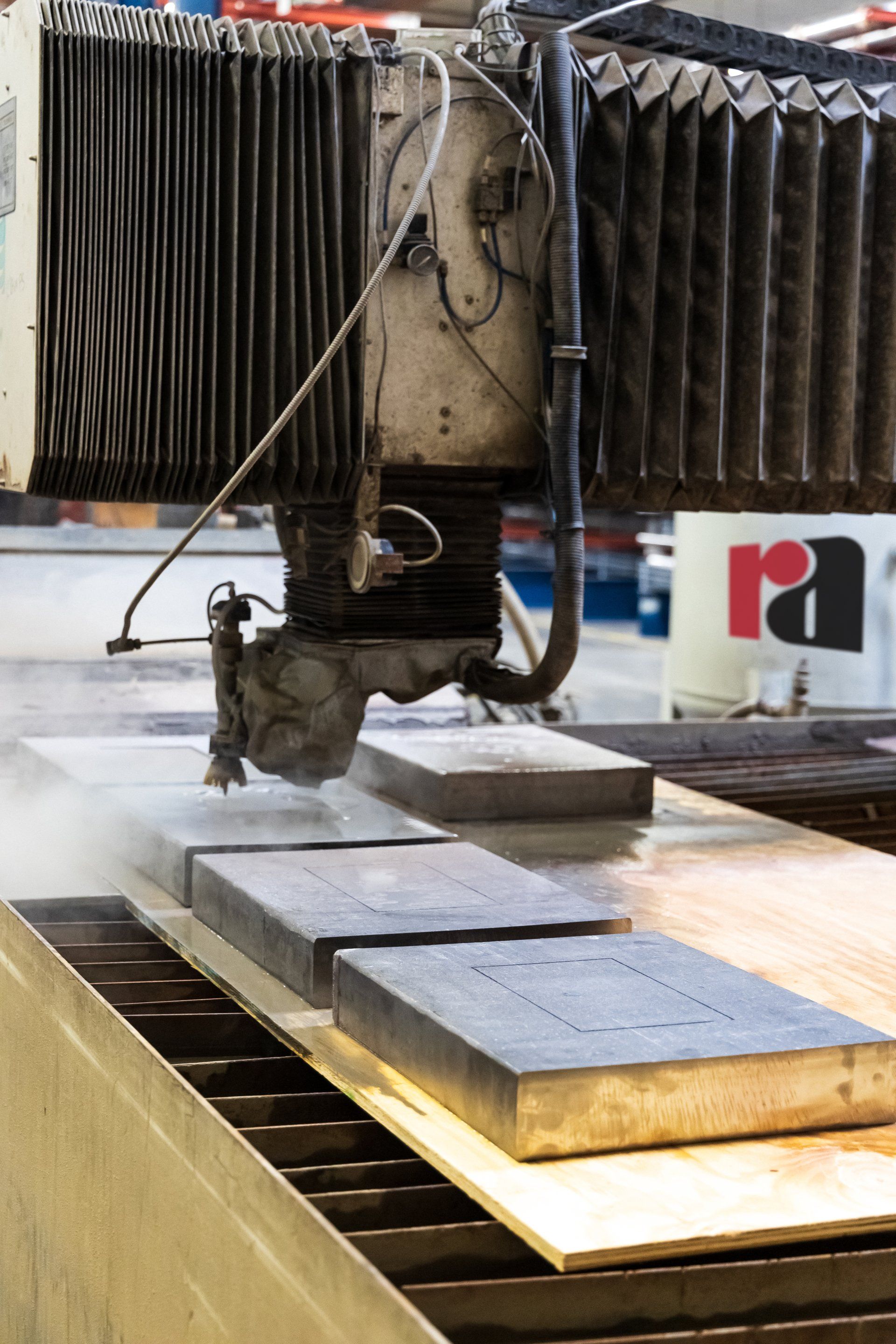
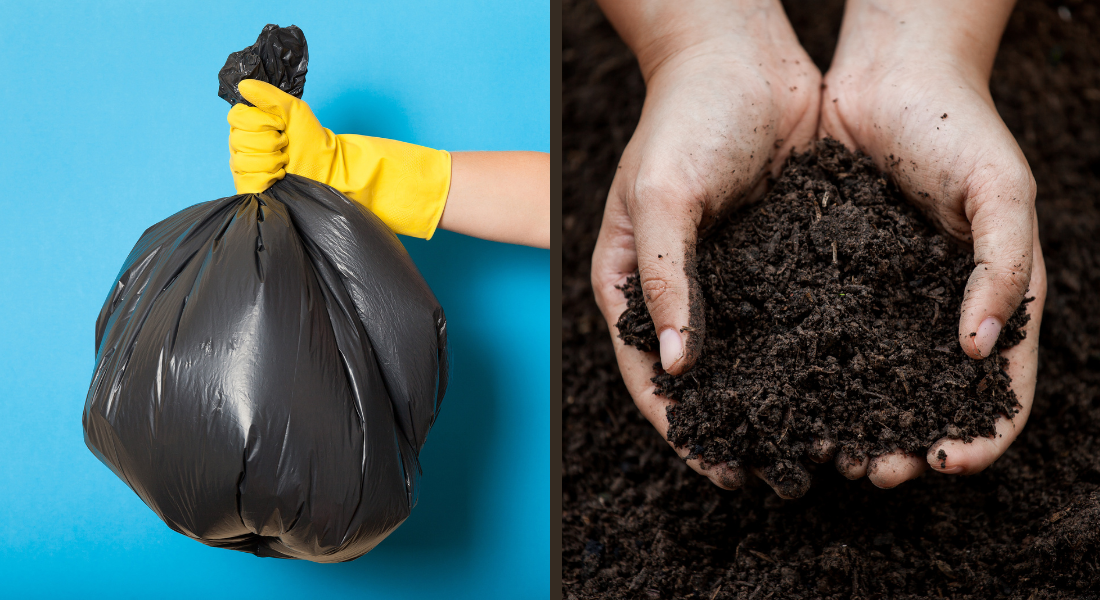
FIND OUT HOW YOU CAN SAVE OVER 30% ON YOUR WASTE COST
WHILE IMPROVING THE SERVICE LEVEL
We Will Provide A Free Waste Savings Audit.

